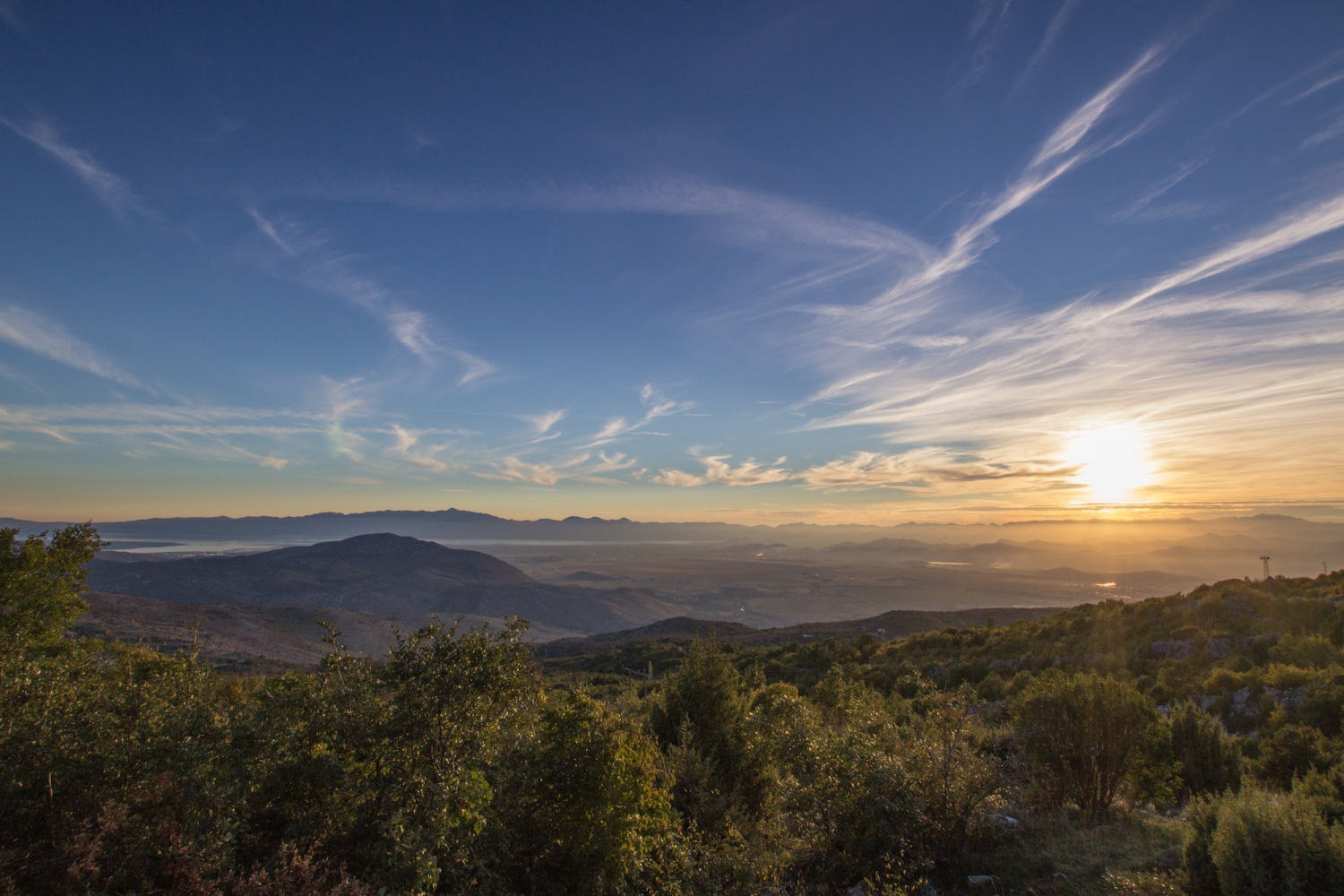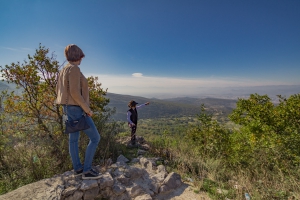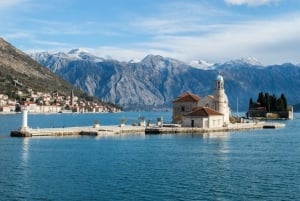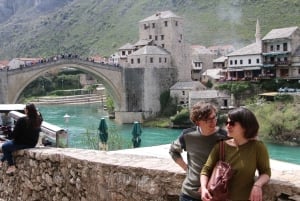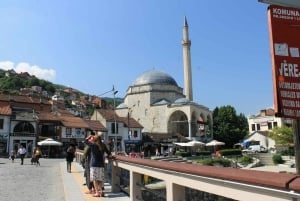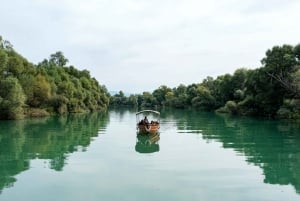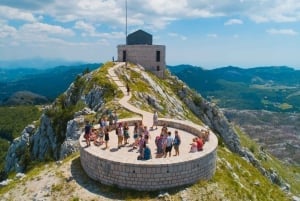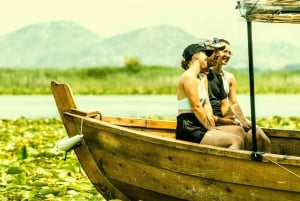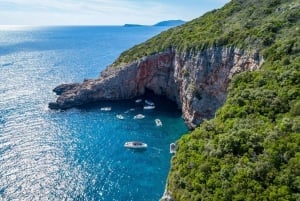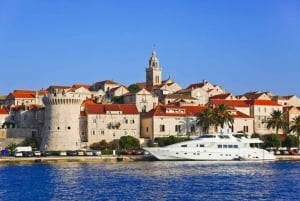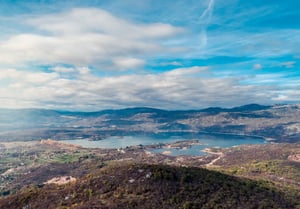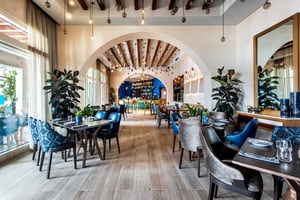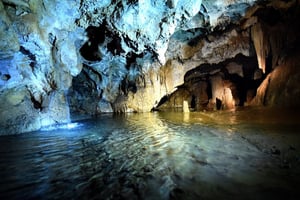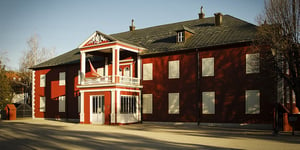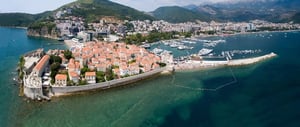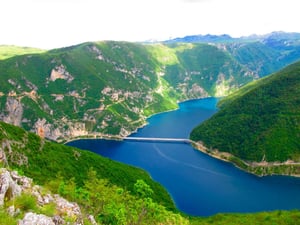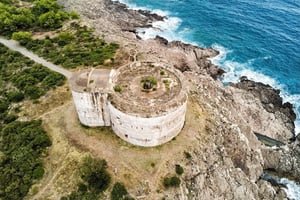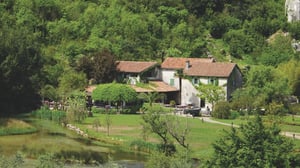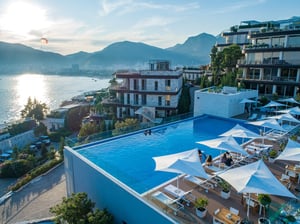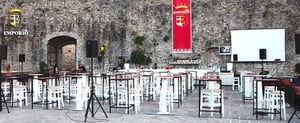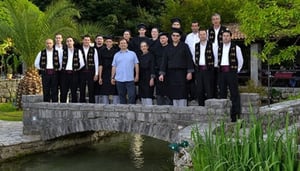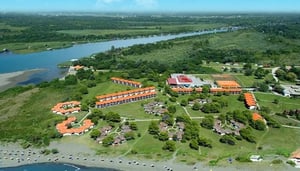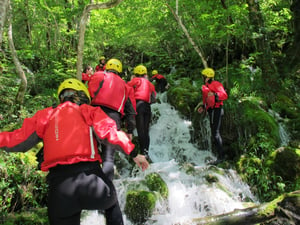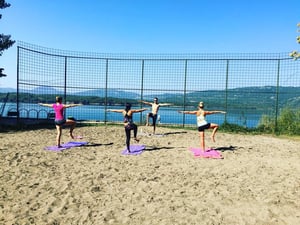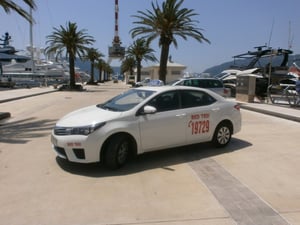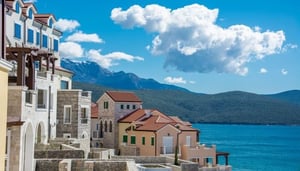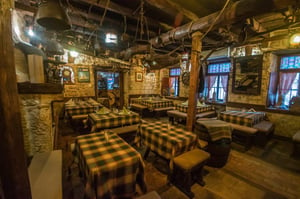Things To Do in Podgorica - the Korita Circuit
A beautiful day-trip in the Montenegrin Capital
Book Top Experiences and Tours in Montenegro:
If youʻre booking your trip to Montenegro last minute, we have you covered. Below are some of the top tours and experiences!- From Dubrovnik: Private Full-Day Tour to Montenegro
- Sarajevo: Mostar, Konjic, Blagaj Tekke, Pocitelj & Waterfall
- From Dubrovnik: Montenegro Day Trip
- From Skopje: Pristina and Prizren Private Sightseeing Tour
- Skadar Lake Guided Tour to Vranjina Monastery & Wine Tasting
With the aim to connect the north and the south of the country into one unique tourist offer, the Ministry of Sustainable Development and Tourism, with the support of the Ministry of Culture, the National Tourism Organisation of Montenegro and the Tourist Organisation of Podgorica have realised the project "Panoramic Routes of Montenegro". Being part of this project, The Korita Circuit became the first panoramic route in Podgorica, which is completely marked by tourist signalisation and leads to the mountain area of Kuči and to the cliffs of the breath-taking Cijevna canyon.
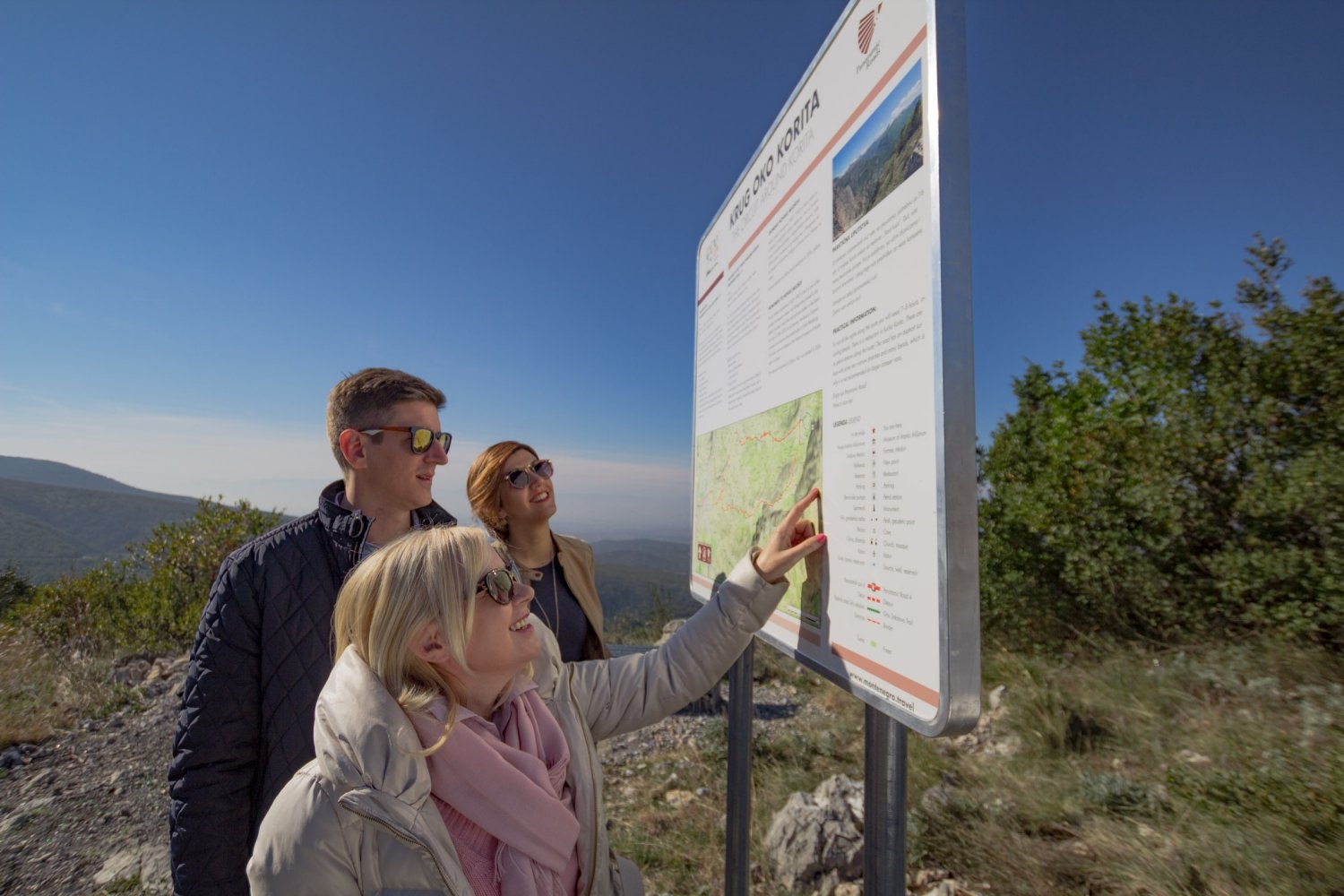
This 65 kilometres-long route is extremely convenient for a one-day trip. Not only you get to escape from the everyday noise of the city, but you also dive into a completely different world full of diverse adventures. Divergent landscapes, the mixed scent coming from the Mediterranean from one side, and the high mountains on the other side, will make you fall in love with the Montenegrin nature even more.
On the Tour
The route starts in Podgorica, with the road being asphalted all over the length of the tour. The greater part of the route consists of narrow and winding roads, so you should drive slowly and very cautiously. The route leads up to 1,400 meters above sea level, so the most convenient period for this trip is from May to October, while in other periods of the year it is necessary to be informed in advance about the weather conditions and snowfall. At these altitudes, after winter months, it is most likely that the roads are damaged because of the snow and ice, so you should take precautions.

Within the route, there are four viewpoints, with resting benches made of recycled materials. First of four viewpoints is just a few kilometres away from Podgorica, and it is at the location of the monuments of Novak Milošev and Marko Ivanović, from where you will get a magnificent view over the whole city. Novak Milošev Vujadinović was one of the greatest Montenegrin heroes. During the Battle of Fundina against the Ottoman Empire in 1876, according to the legend, he cut off 17 Turkish heads and for such courage, a diamond-decorated sabre was given to him by the Russian emperor, which is now exhibited in the National Museum in Cetinje. About 250 meters further along the road, on the right side, another monument with engraved names of 472 fighters and war heroes from Kuči, who lost their lives during the Second World War and the National Liberation Struggle, is located. So, besides the natural beauty, within this panoramic route, visitors have the opportunity to get acquainted with the rich historical and cultural heritage of Montenegro.
The road goes on towards the Medun Fortress and Museum of Marko Miljanov. Marko Miljanov, the legendary hero, duke, fighter, and writer, who became literate after turning 50, is an unavoidable part of the Montenegrin culture and history. This museum is dedicated to his entire life, so it is definitely worth paying a visit.
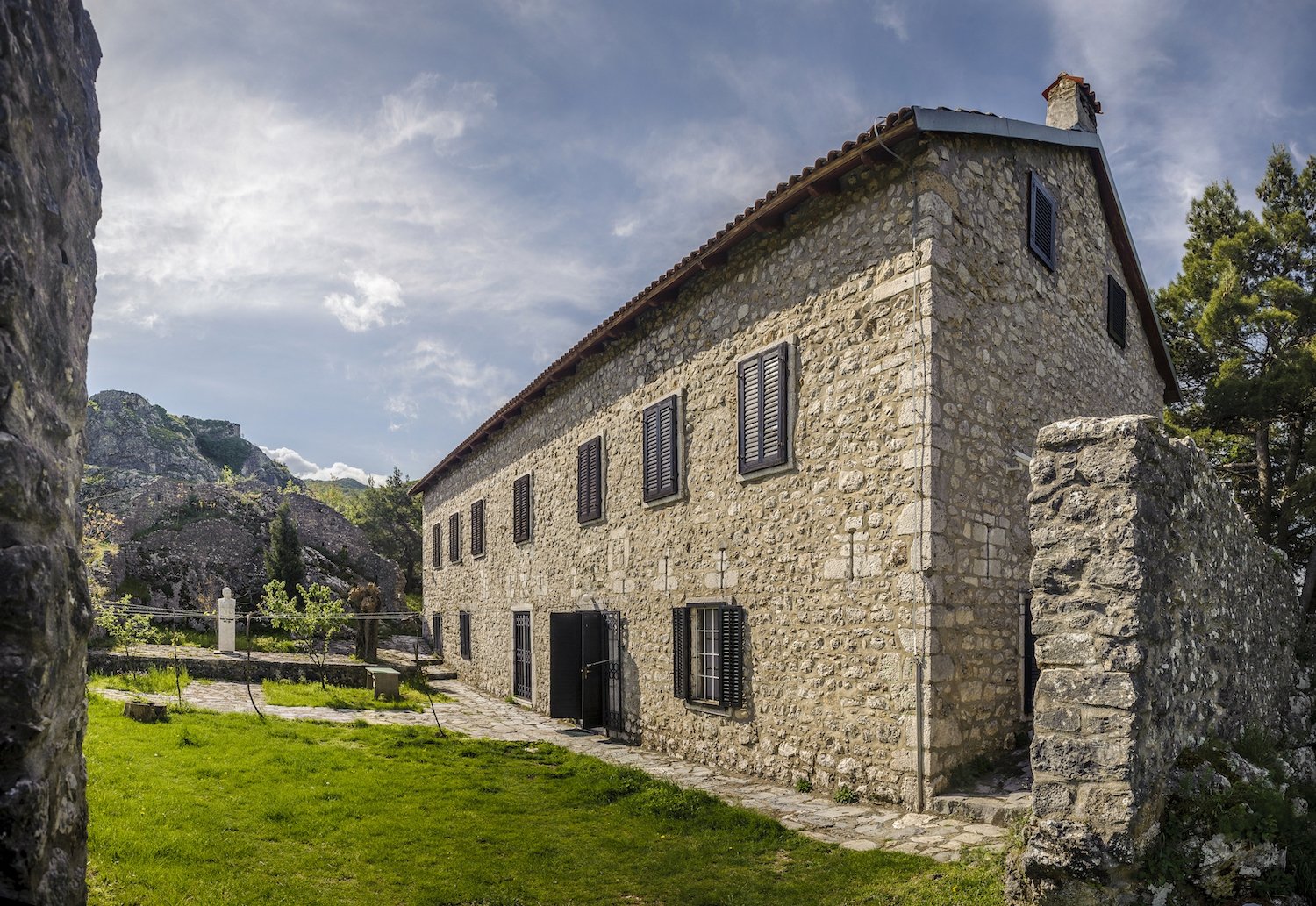
After Medun, the road continues through the idyllic villages of Ubli and Orahovo all the way to the Kučka Korita. Korita Mountain is located at about 1,300 meters above sea level, and they have a large number of sunny days and at the same time plenty of snow in winter. The name of the Kučka Korita refers to the tribe of Kuči, which used this area primarily as pastures and agricultural land. The word 'kuči' is of Celtic origin and means 'windy plateau'. Here you will also find one Catholic and two Orthodox churches.
To the west of the Kučka Korita, at the very border at the height of 1557 meters, the viewpoint Grlo Sokolovo rises. This road leads to the cliffs of the Cijevna River Canyon, and for a reason, it is considered to be one of the absolute peaks of the route. There are many legends about the name of this magnificent sight, one of which is the story of a wounded soldier who was revived by a hawk who has dabbled a tissue at a nearby source. The mother of the wounded soldier, who was considered to be lost, followed the flights of the hawk, found and saved her son.

From the Grlo Sokolovo, the trip continues to Zatrijebač village, which is by far famous for its traditional cheese and potatoes. Most of the households found here, live from agriculture and cattle breeding. Zatrijebač also includes the villages of Deljaj, Stjepovo and Rudine. What is interesting about these villages is that in Deljaj, an impressive 10 metres-high cross was built in 2010. From the plateau, there is a spectacular view of the canyon and the emerald river Cijevna, which flows 700 meters below. If the skies are clear, the Skadar Lake can be seen on the horizon.

The tour ends with a sightseeing tour at the monument dedicated to the Battle of Fundina. The name Fundina originates from the Latin language and means the source. On around two square kilometres, there are as many as 76 sources. Because of the water and favourable geographical position, at the altitude of 700 metres, the Mediterranean and mountain climates meet. Today in the Fundina there are about 50 inhabitants, and this is one of the Montenegrin villages where Orthodox, Catholics and Muslims live in peace and harmony. If you continue the route for an additional 7 kilometres, you will get to see the monument dedicated to the infamous Battle of Fundina. A striking white obelisk, weighing around 20 tons, keeps the memory of the victorious Battle of Fundina, 1876. In one of the most important battles of the Montenegrin history, the Montenegrin army with about 5,000 soldiers defeated the multiple superior forces of the Ottoman Empire with 20,000 soldiers.
You can finish the route with sightseeing of the Bukumirsko and Rikavačko Lake, and continue to follow the signs of the panoramic road to return to Podgorica.

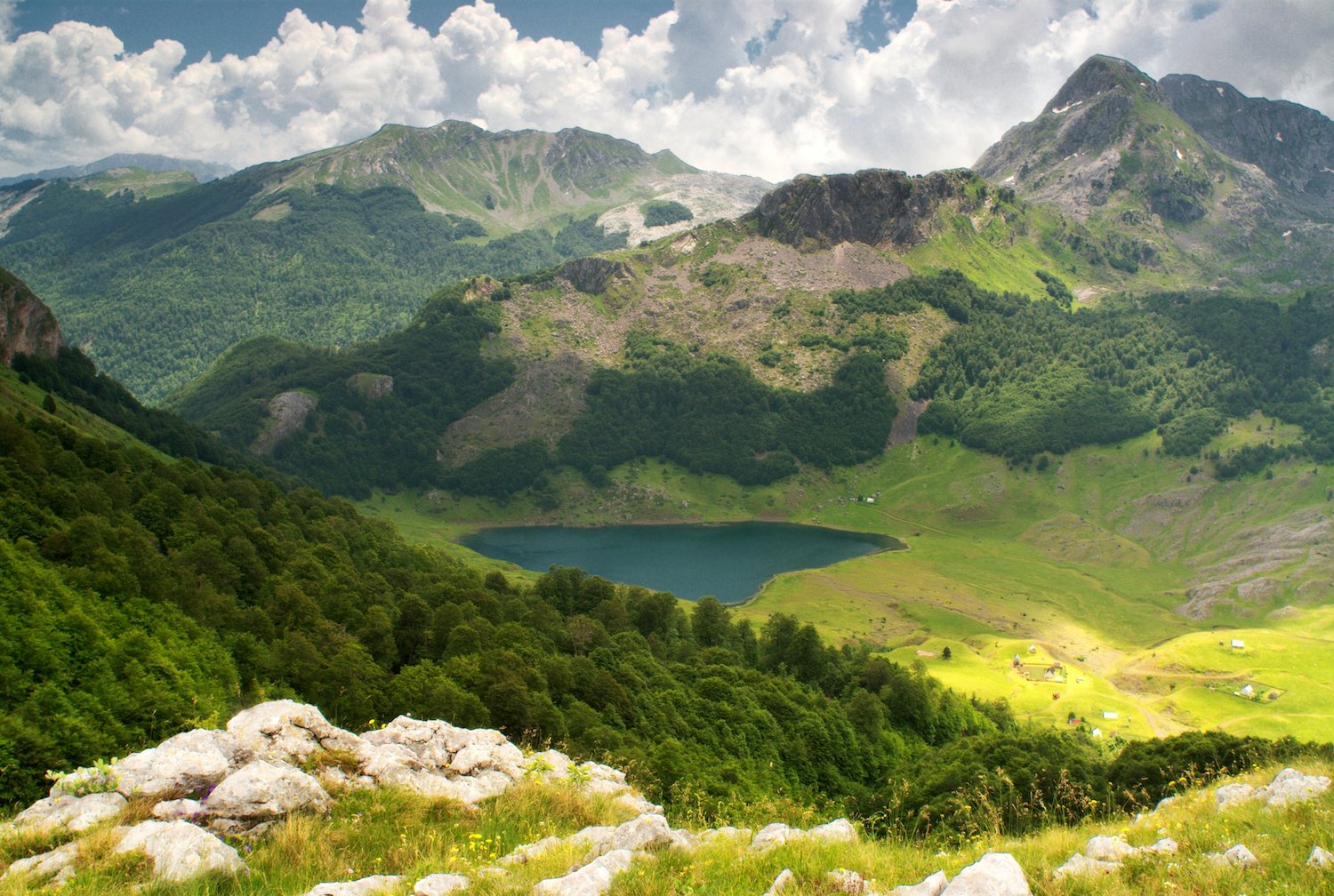
We hope that you will enjoy the trip as much as we have enjoyed sharing it with you!


